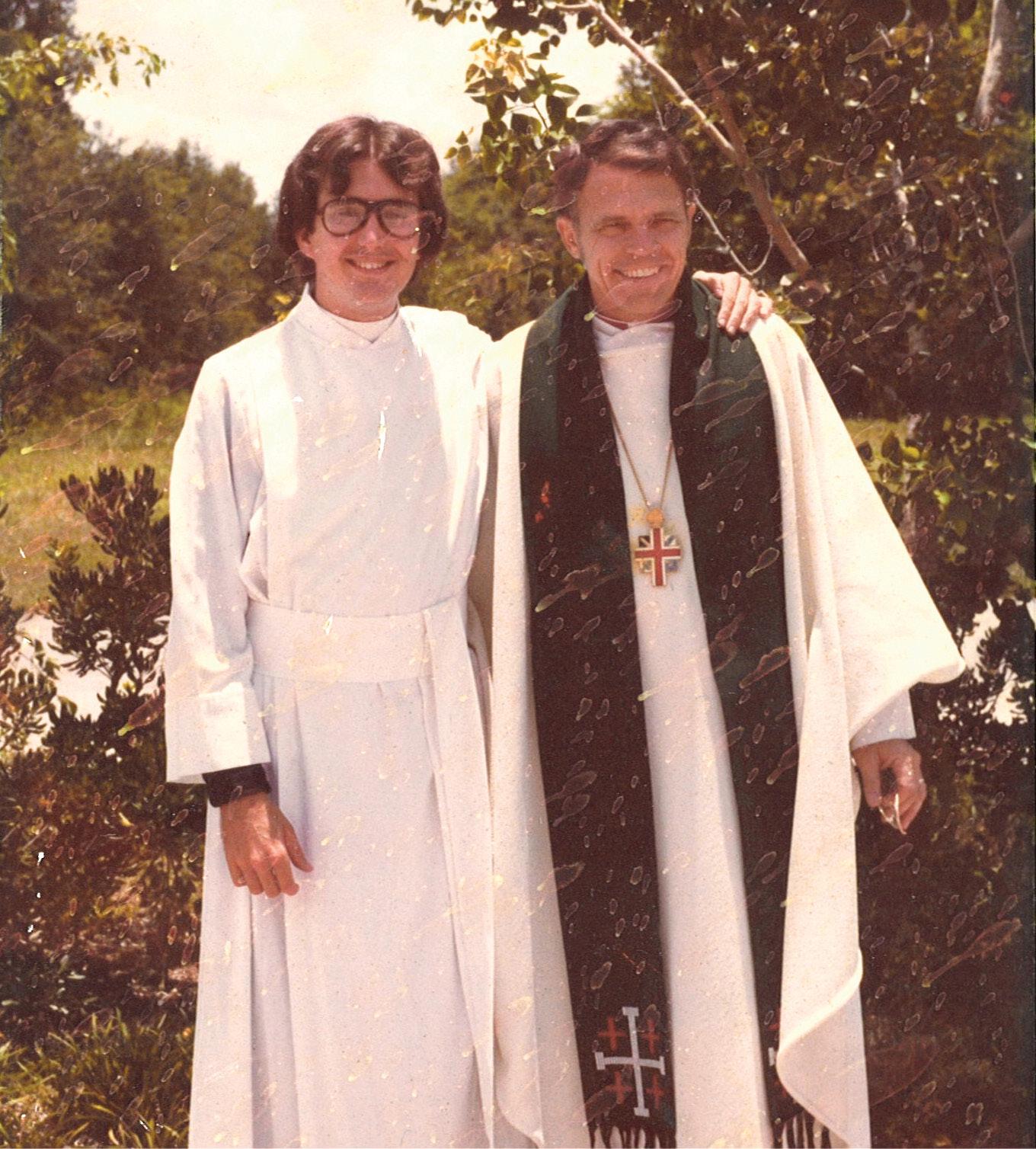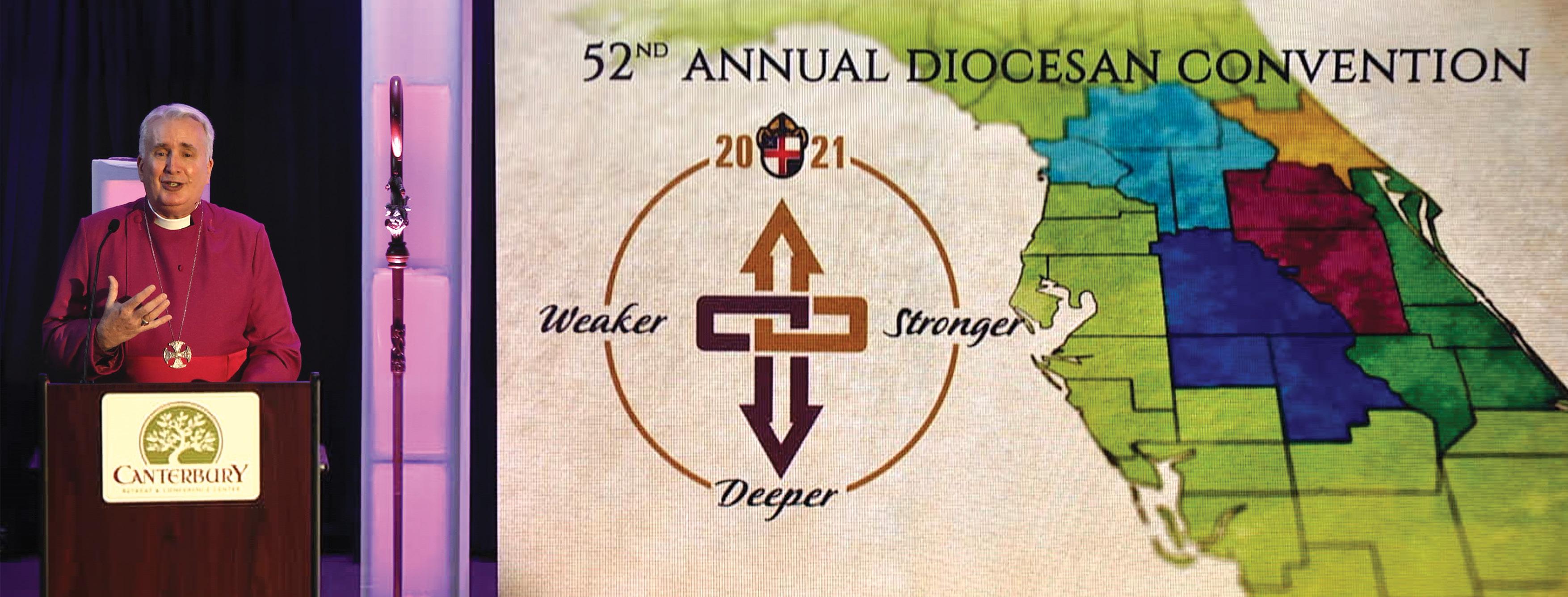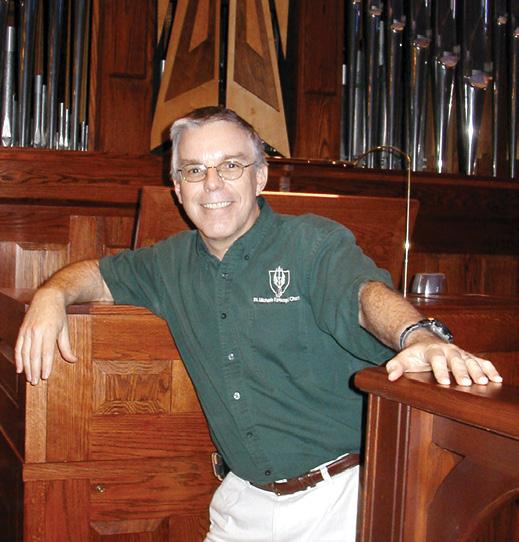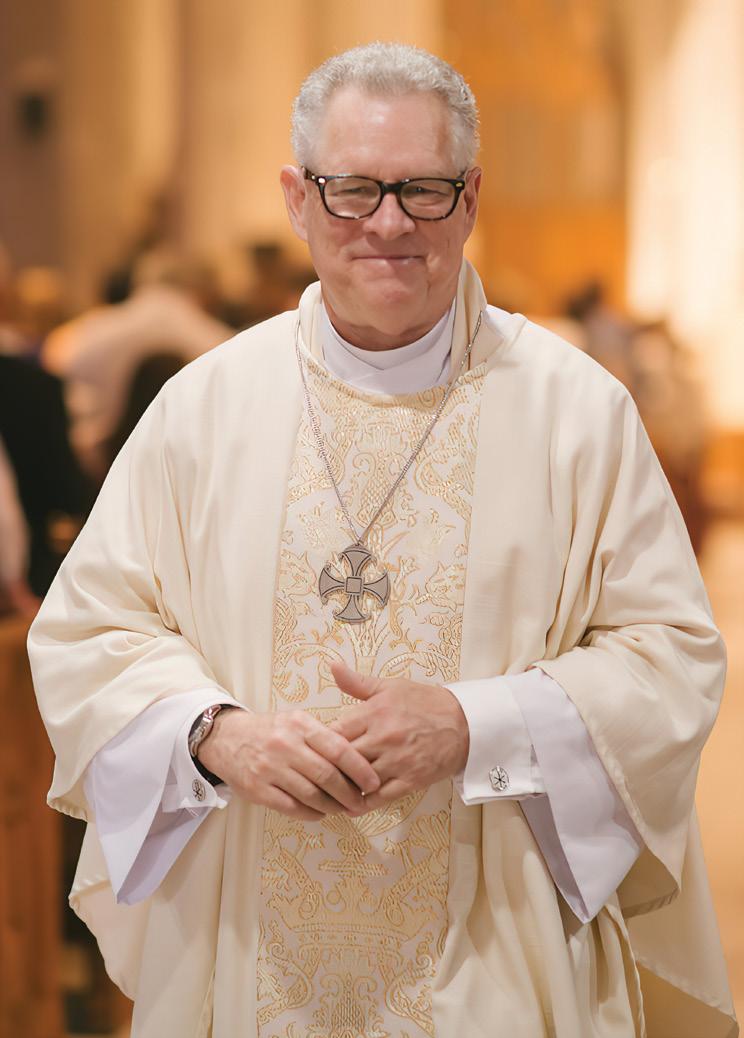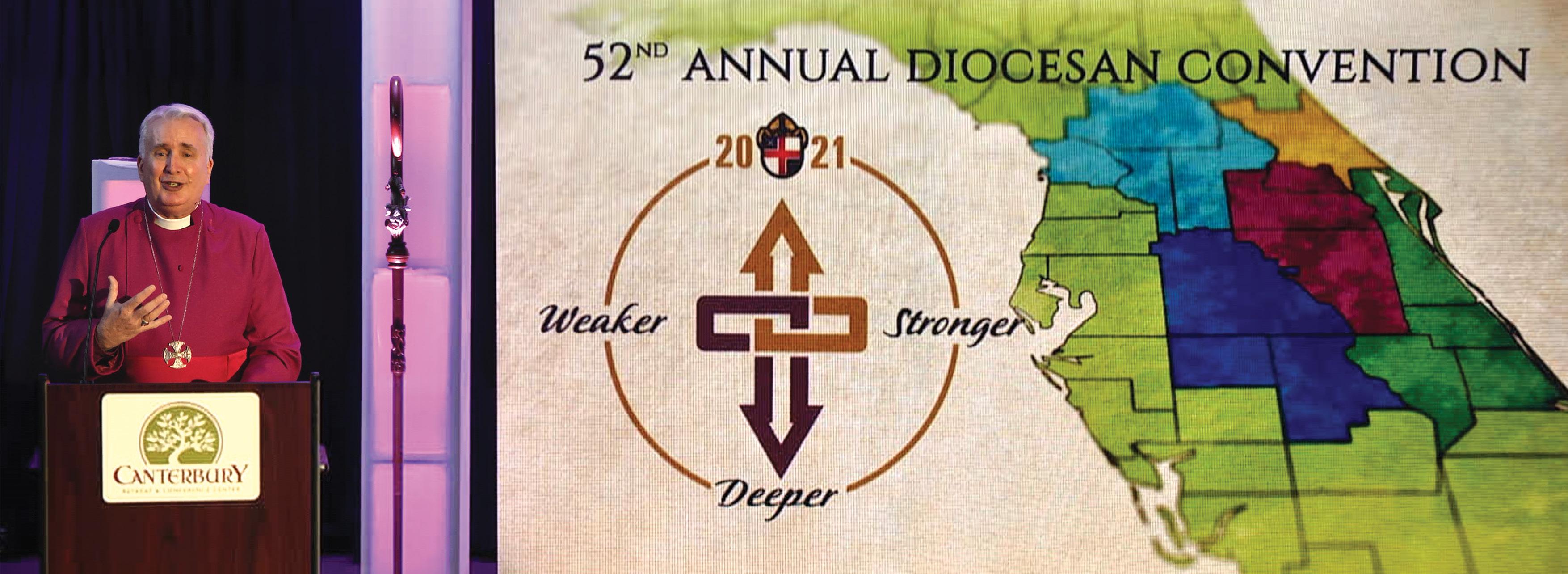
3 minute read
How Does Jesus Build His Church?
BY THE REV. CANON DR. JUSTIN HOLCOMB
“And I tell you, you are Peter, and on this rock I will build my church, and the gates of hell shall not prevail against it” (Matt. 16:18, ESV).
Advertisement
When reading this passage, many people focus on figuring out who or what the “rock” is upon which Jesus builds his church. The options are: Peter, Peter’s confession (Matt. 16:16), Jesus or the apostles. Yet so much more is happening here. These are Jesus’ first words in response to Peter’s powerful declaration that “You are the Christ, the Son of the living God” (Matt. 16:16b, ESV). The opening words “and I tell you” hint at the importance of what Jesus is about to say. He is explaining the significance of his identity as the Christ. Jesus announces that, as the Christ, he intends to build his church. And he makes it personal with the first-person pronouns: “I will build my church.” This personal pronouncement also reveals that cosmic conflict will be involved — “the gates of hell shall not prevail against” the church Jesus is building.
Following a Pattern
Jesus is the great church builder, and he has a clear strategy from the beginning of his earthy ministry to create his church, a specific community with a specific purpose. Mark 3:13-15 serves as an example: “And he went up on the mountain and called to him those whom he desired, and they came to him. And he appointed twelve (whom he also named apostles) so that they might be with him and he might send them out to preach and have authority to cast out demons” (ESV). Jesus builds his church by “spiraling.” He draws in people and gathers them
Holy Trinity Episcopal Church, Fruitland Park
to himself. He constitutes them as his community. He then sends them out to the world on mission: “As you sent me into the world, so I have sent them into the world” (John 17:18, ESV). This spiraling pattern repeats after his Resurrection and Ascension. In Acts, Jesus tells the apostles to wait in Jerusalem until the Holy Spirit fills them. They are then constituted as a new community and sent to the world. Jesus gathers more people by sending out his church. These gathered ones are then constituted as his church and sent to the world. Spiraling.
Being the Church
What is our response to Jesus’ church-building work? Jesus gathers us so we can worship the Triune God in spirit and truth. Jesus constitutes us as a community, so we are nurtured and nourished by Word and sacraments. When we are sent, we tell others the good news of Jesus Christ. The effect of this spiraling is that we experience the love of God in worship, we embody the love of God in community, and we extend the love of God in evangelism. Worship, community and evangelism work together as the means by which Jesus is building his church through us in the power of the Spirit. Practically, this means we do not need to choose between our wonderful liturgical worship or evangelism. Nor do we need to choose between nurturing a warm, inviting community and inviting people to join us. God has always built a place for his own dwelling: Moses built the tabernacle, Solomon built the temple, and Jesus is Immanuel (“God with us”) but doesn’t stop there as he builds his church. The church is his church, and he has committed to build it despite all the strategies of the enemy. Jesus is the great church builder who joyfully invites us to be not only recipients of his ministry but also agents of his ministry.


